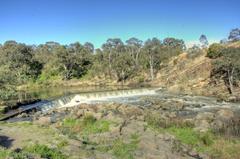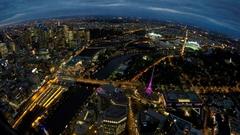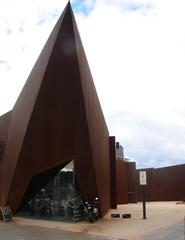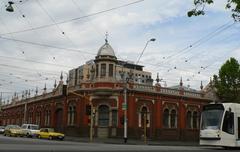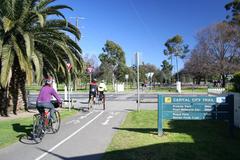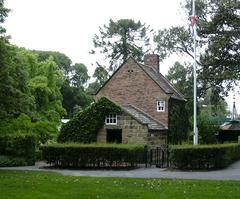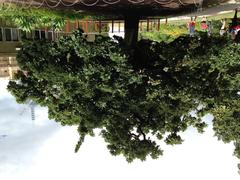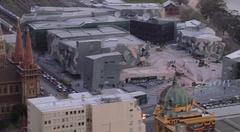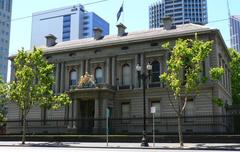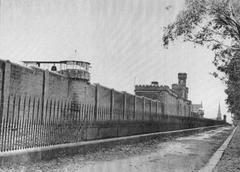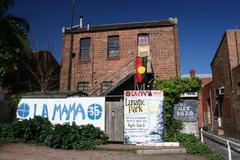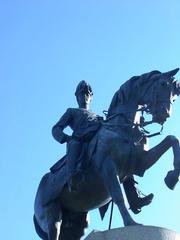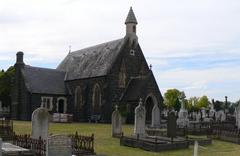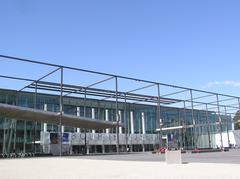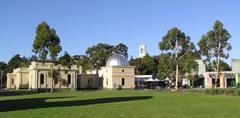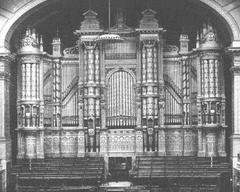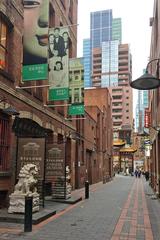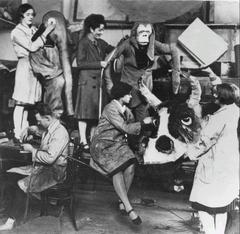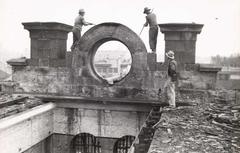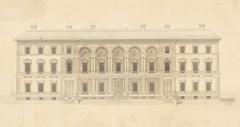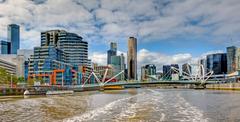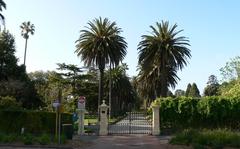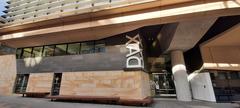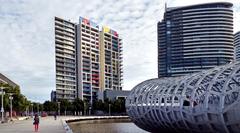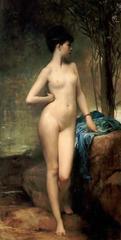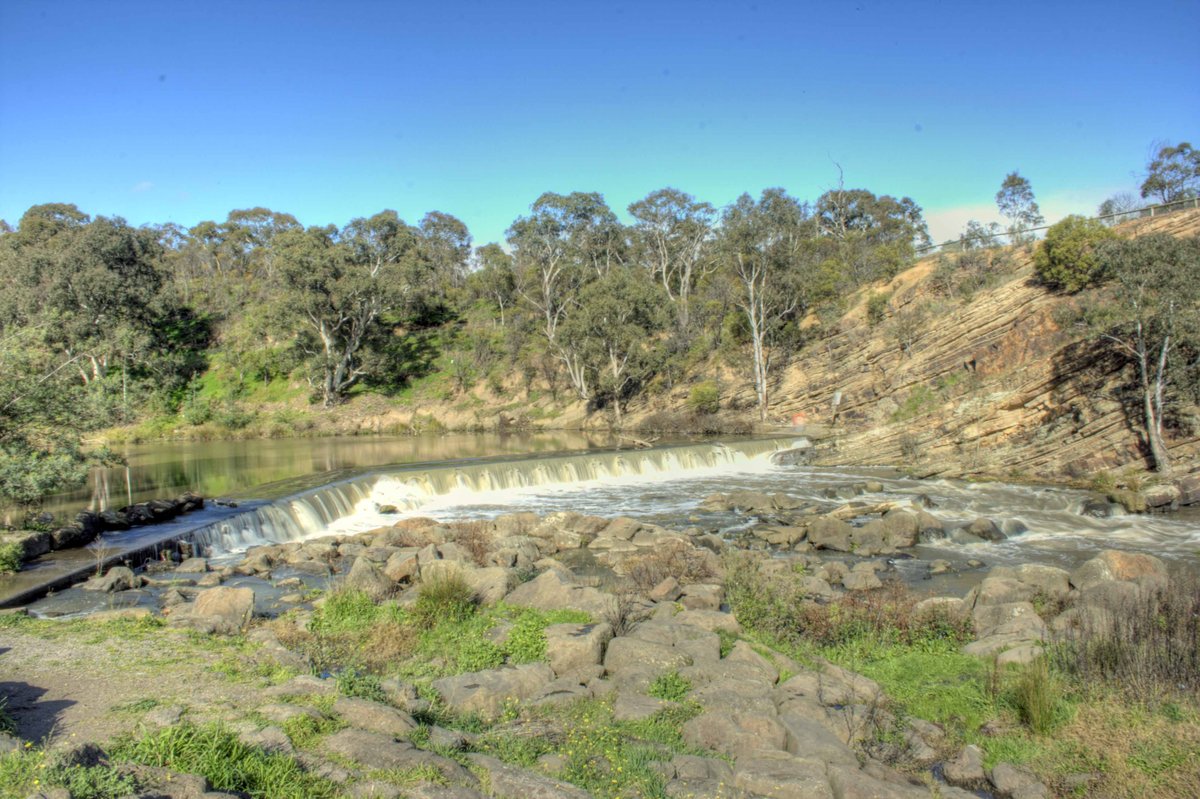
Comprehensive Guide to Visiting Dights Falls, Melbourne, Australia
Published Date: 31/07/2024
Introduction to Dights Falls
Dights Falls, nestled along the Yarra River in Melbourne, Australia, is a site of profound historical, cultural, and ecological significance. This guide aims to provide a comprehensive overview of Dights Falls, from its storied past and natural beauty to practical visitor information and tips for making the most of your visit. The falls are situated within Yarra Bend Park, the largest natural bushland park close to Melbourne’s central business district, making it a popular destination for both locals and tourists. Historically, Dights Falls has been a crucial site for the Wurundjeri people, the traditional custodians of the land, who have used the area for fishing, gatherings, and cultural practices for thousands of years. With the arrival of European settlers in the early 19th century, the site underwent significant transformation, most notably with the construction of one of Melbourne’s first water-powered flour mills by John Dight in 1841 (source). Over the years, the area has evolved, reflecting Melbourne’s industrial development while also undergoing efforts to restore and preserve its natural and cultural heritage (source). Today, Dights Falls stands as a testament to the city’s rich history and ongoing commitment to environmental conservation, offering a unique blend of historical landmarks, scenic beauty, and recreational opportunities.
Table of Contents
- Introduction
- Historical Background
- Visitor Information
- Special Events and Tours
- Photographic Spots
- FAQ
- Conclusion
- References
Historical Background
Indigenous Significance
Dights Falls holds significant historical and cultural importance, particularly for the Wurundjeri people, the traditional custodians of the land. The area around Dights Falls has been a site of human activity for thousands of years. The Wurundjeri people utilized the river and its surrounding lands for fishing, hunting, and gathering, making it a vital resource for their sustenance and cultural practices. The falls themselves were a natural barrier for fish, which made it an ideal fishing spot. The Wurundjeri people used sophisticated fishing techniques, including fish traps, to catch eels and other fish species that were abundant in the river.
European Settlement
The history of Dights Falls took a significant turn with the arrival of European settlers in the early 19th century. In 1839, John Dight, a flour miller from New South Wales, purchased a parcel of land along the Yarra River. By 1841, Dight had constructed one of Melbourne’s first water-powered flour mills at the falls, utilizing the river’s flow to power the millstones. The mill was built using bricks from Tasmania and was operational by 1843. This marked the beginning of industrial activity in the area, which would continue to evolve over the years.
Industrial Development
The original mill constructed by John Dight underwent several changes in ownership and function over the decades. In the late 19th century, the mill was sold to the Yarra Falls Roller Flour Mills Company, which upgraded the facility to incorporate modern roller milling technology. This transition marked a shift from traditional stone milling to more efficient roller milling, which was capable of producing finer flour at a faster rate. The mill continued to operate until the early 20th century, after which it was abandoned and fell into disrepair.
Engineering and Infrastructure
The construction of the original weir at Dights Falls was a crucial development in the area’s history. The weir was built to divert water from the Yarra River to power the flour mill. Over the years, the weir has undergone several modifications and reconstructions to improve its functionality and safety. In the 1940s, the weir was rebuilt using concrete, replacing the original timber structure. More recently, in 2012, a major reconstruction project was undertaken to enhance the weir’s fishway, allowing for better fish migration and improving the ecological health of the river.
Environmental and Ecological Impact
The industrial activities at Dights Falls had a significant impact on the local environment. The construction of the weir and the operation of the flour mill altered the natural flow of the river, affecting the aquatic ecosystem. The weir created a barrier for fish migration, which had a detrimental effect on native fish populations. In response to these environmental challenges, efforts have been made to restore the ecological balance of the river. The reconstruction of the fishway in 2012 was a critical step in this direction, allowing fish to bypass the weir and migrate upstream to spawn.
Heritage and Conservation
Dights Falls is recognized as a site of historical and cultural significance, and efforts have been made to preserve its heritage. The remains of the original flour mill and the weir are important historical landmarks that provide insight into Melbourne’s early industrial history. The area around Dights Falls is now part of Yarra Bend Park, which is managed by Parks Victoria. The park offers a range of recreational activities, including walking trails, picnicking spots, and sports facilities, making it a popular destination for both locals and tourists.
Visitor Information
Visiting Hours and Tickets
Dights Falls is accessible year-round, with no specific visiting hours or ticket requirements. The surrounding Yarra Bend Park is open 24 hours a day. However, it is advisable to visit during daylight hours to fully appreciate the natural beauty and historical landmarks.
Travel Tips
- Getting There: Dights Falls is located approximately 5 kilometers northeast of Melbourne’s CBD. It is easily accessible by car, bike, or public transport.
- Parking: There is ample parking available near Yarra Bend Park. Check for any parking fees or restrictions before your visit.
- What to Wear: Comfortable walking shoes are recommended, as there are several trails and walking paths to explore. Remember to carry sun protection and water, especially during warmer months.
Nearby Attractions
- Yarra Bend Park: Besides Dights Falls, this expansive park offers various activities such as bird watching, picnicking, and golfing.
- Studley Park Boathouse: A historic site where you can rent boats and enjoy a leisurely row on the Yarra River.
- Collingwood Children’s Farm: A great spot for families, offering a hands-on farm experience.
Special Events and Tours
Dights Falls and Yarra Bend Park host several events throughout the year, including guided nature walks and historical tours. Check the Parks Victoria website for the latest information on upcoming events and tours.
Photographic Spots
The Dights Falls Loop Trail offers stunning views of the Yarra River and the historic falls. It’s a perfect spot for photography enthusiasts to capture the natural beauty and historical elements of the area.
FAQ
Q: Are there any guided tours available at Dights Falls?
A: Yes, guided tours are available. Check the Parks Victoria website for more details and schedules.
Q: Is Dights Falls accessible for people with disabilities?
A: While some areas may be challenging, there are accessible paths within Yarra Bend Park. It’s best to check accessibility details in advance.
Q: Can I bring my dog to Dights Falls?
A: Yes, dogs are allowed in Yarra Bend Park but must be kept on a leash at all times.
Conclusion
Dights Falls is a site of both historical significance and natural beauty, making it a must-visit destination in Melbourne. Whether you are a history buff, nature lover, or simply looking for a scenic spot to relax, Dights Falls offers something for everyone. Plan your visit today and immerse yourself in the rich heritage and serene landscape of this iconic Melbourne landmark.
References
- Bob Padula, 2023, Dights Falls Historical Background
- A Short History of Dights Falls Fact Sheet, 2023, Yarra River Field Trip
- Melbourne Formation at Dight’s Falls, 2023, Merri Creek Management Committee
- Coastal Beach Walks Melbourne, 2023, Humble Trail
